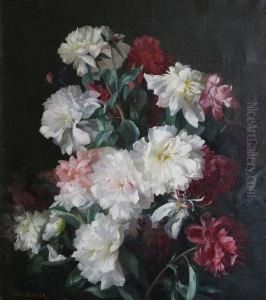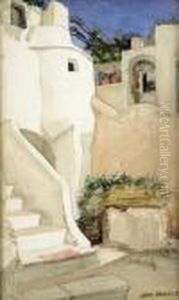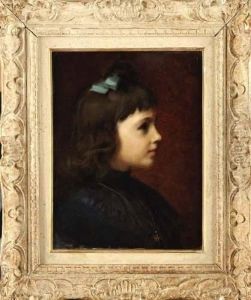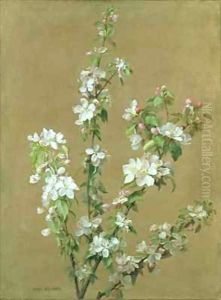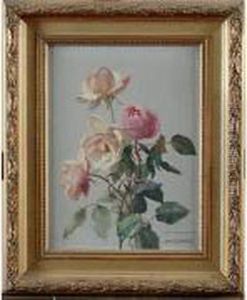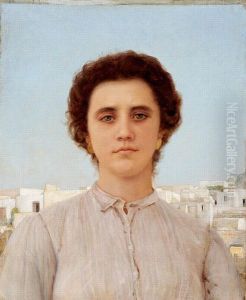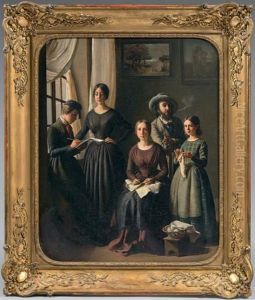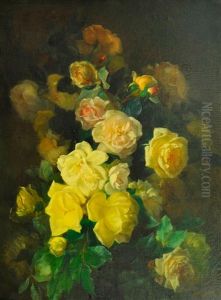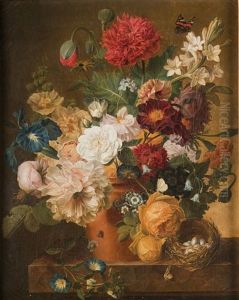Jean Benner Paintings
Jean Benner, born on March 11, 1836, in Mulhouse, France, was a distinguished French artist known for his floral paintings, portraits, and Orientalist themes. He was part of the late 19th-century art movement that took a profound interest in the exotic and the visually striking aspects of non-European cultures, particularly those of North Africa and the Middle East.
Jean Benner was initially trained in textile design in his hometown, which was a significant center for the textile industry in France. This early exposure to patterns and fabric design likely influenced his later meticulous approach to painting flowers and fabrics. He later moved to Paris to further his artistic training and was influenced by the works of the Old Masters and contemporary Orientalist painters.
In Paris, Benner honed his skills and began to establish a reputation for his work. His paintings often depicted rich, vibrant colors and demonstrated a mastery of light and shadow, which added depth and realism to his subjects. Benner's floral paintings, in particular, were celebrated for their detail and lifelike quality. He had a unique ability to capture the delicate textures and subtle color variations of petals and leaves.
Benner's interest in Orientalism was reflected in his depictions of North African and Middle Eastern scenes, characterized by their evocative portrayal of local customs, costumes, and landscapes. These works were part of a broader fascination with the Orient among European artists and audiences, which was fueled by the colonial expansion and travel narratives of the time.
Throughout his career, Jean Benner exhibited his works in various salons and gained accolades for his artistic achievements. His twin brother, Emmanuel Benner, was also a painter, and the two were often associated with one another in their artistic endeavors. Although less known today, Jean Benner's contributions to French art during his lifetime were significant, and his works still resonate with admirers of floral and Orientalist art.
Jean Benner passed away on January 28, 1906, in Paris. His legacy is preserved in the collections of various museums and in the admiration of those who appreciate the beauty and craftsmanship of his paintings.

